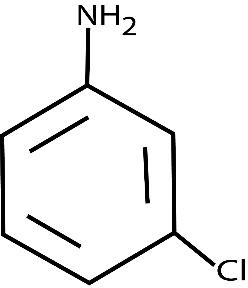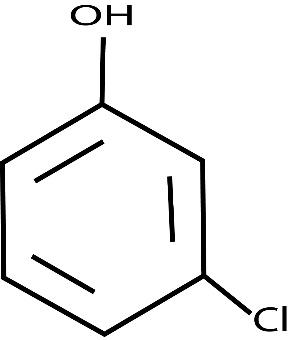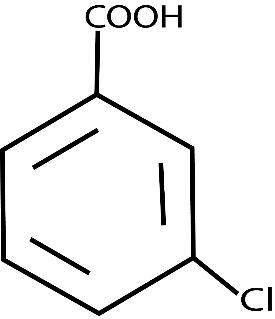
A solution of m-chloroaniline, m-chlorophenol and m- chlorobenzoic acid in ethyl acetate was extracted initially with a saturated solution of
A.m-chloroaniline,m-chlorobenzoic acid and m-chlorophenol
B.m-chlorophenol, m-chlorobenzoic acid and m-chloroaniline
C.m-chlorobenzoic acid,m-chlorophenol and m-chloroaniline
D.m-chlorobenzoic acid, m-chloroaniline and m- chlorophenol
Answer
486.3k+ views
Hint: To solve this question accurately we need to understand the structures of all the given compounds that are m-chloroaniline, m-chlorophenol and m-chlorobenzoic acid. Let’s have a look at the structures.



m-CHLOROANILINE m-CHLOROPHENOL m-CHLOROBENZOIC ACID
Also,
Complete step by step answer:
By now you must have guessed the correct answer. In case you haven’t let me explain it to you. We know that a weak base always reacts with a strong acid to form an acidic solution. A strong base always reacts with a weak acid to give a basic solution. So, here as I already said
So, we have deduced that Fraction
So, the correct answer is option (C)
Note:
To solve questions like these you should have a proper understanding of the structures of organic compounds, their acidic or basic character . Like carboxylic groups are highly acidic, then comes phenols and then comes alcohols. Another point in case you don’t know, the ‘m’ written in front of the names of compounds represents the position of chlorine that is meta.



m-CHLOROANILINE m-CHLOROPHENOL m-CHLOROBENZOIC ACID
Also,
Complete step by step answer:
By now you must have guessed the correct answer. In case you haven’t let me explain it to you. We know that a weak base always reacts with a strong acid to form an acidic solution. A strong base always reacts with a weak acid to give a basic solution. So, here as I already said
So, we have deduced that Fraction
So, the correct answer is option (C)
Note:
To solve questions like these you should have a proper understanding of the structures of organic compounds, their acidic or basic character . Like carboxylic groups are highly acidic, then comes phenols and then comes alcohols. Another point in case you don’t know, the ‘m’ written in front of the names of compounds represents the position of chlorine that is meta.
Recently Updated Pages
Master Class 9 General Knowledge: Engaging Questions & Answers for Success

Master Class 9 English: Engaging Questions & Answers for Success

Master Class 9 Science: Engaging Questions & Answers for Success

Master Class 9 Social Science: Engaging Questions & Answers for Success

Master Class 9 Maths: Engaging Questions & Answers for Success

Class 9 Question and Answer - Your Ultimate Solutions Guide

Trending doubts
Give 10 examples of unisexual and bisexual flowers

Draw a labelled sketch of the human eye class 12 physics CBSE

Differentiate between homogeneous and heterogeneous class 12 chemistry CBSE

Differentiate between insitu conservation and exsitu class 12 biology CBSE

What are the major means of transport Explain each class 12 social science CBSE

Why is the cell called the structural and functional class 12 biology CBSE




